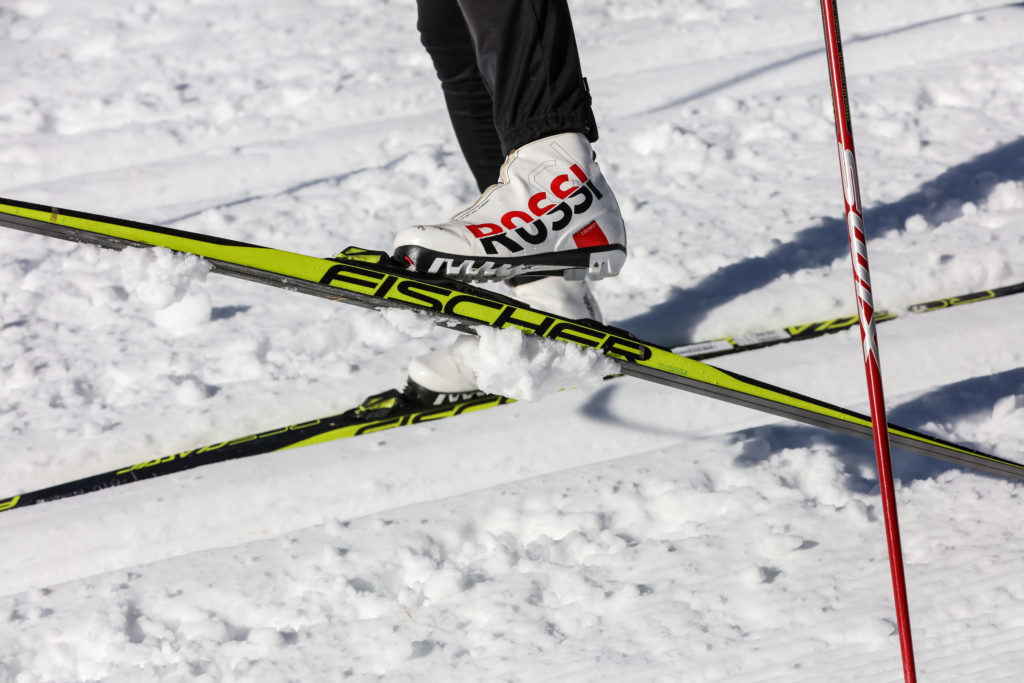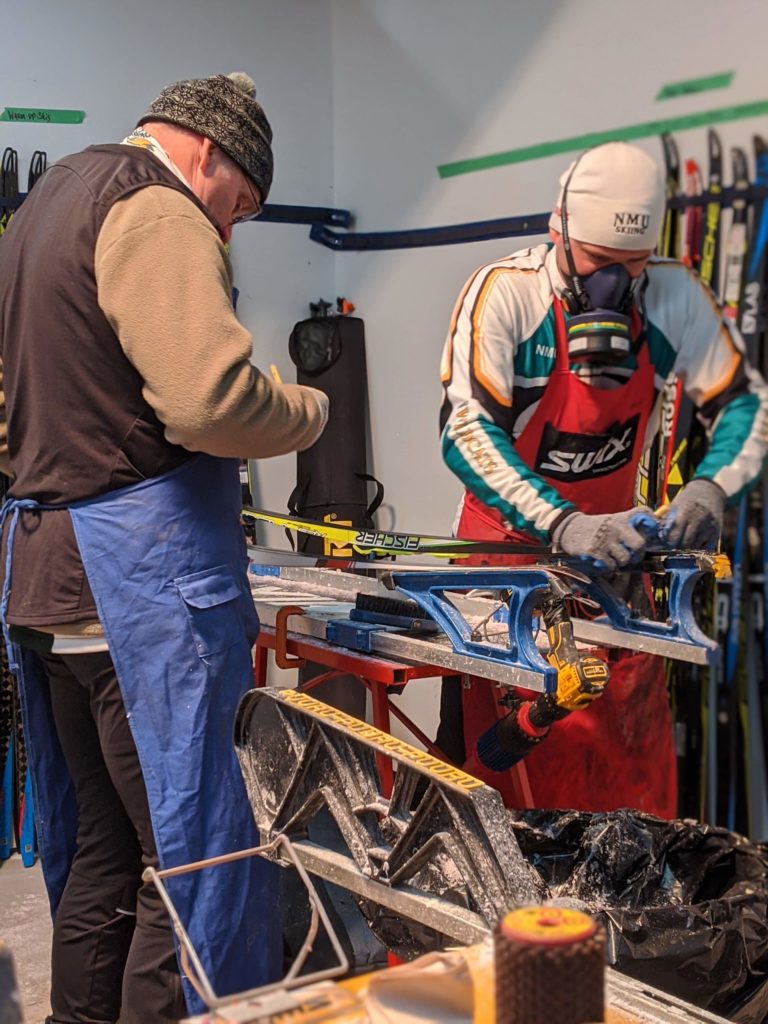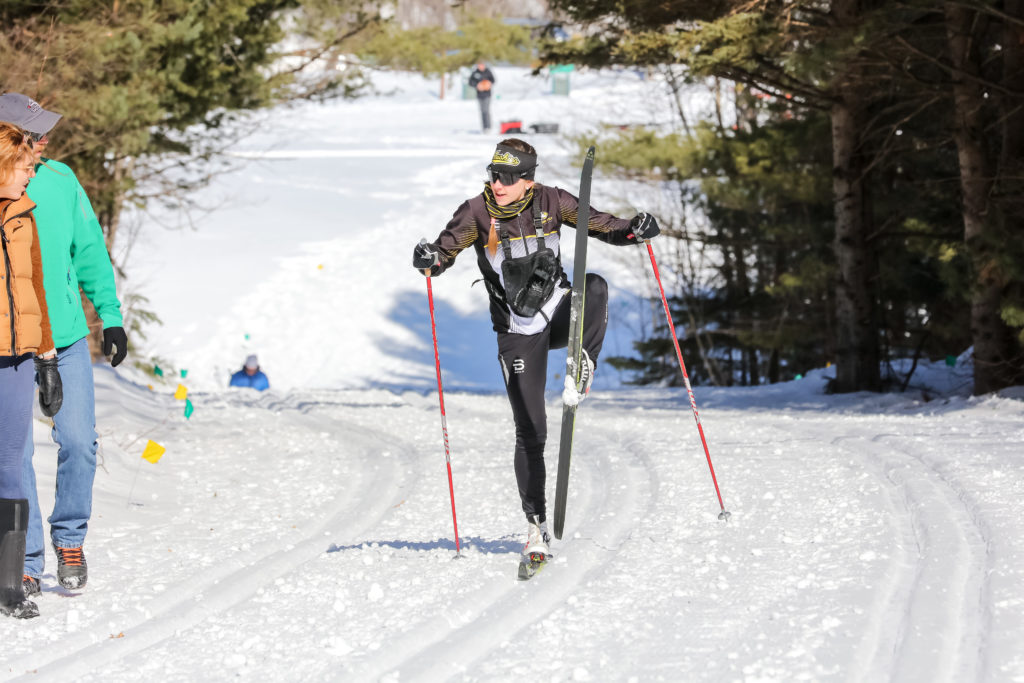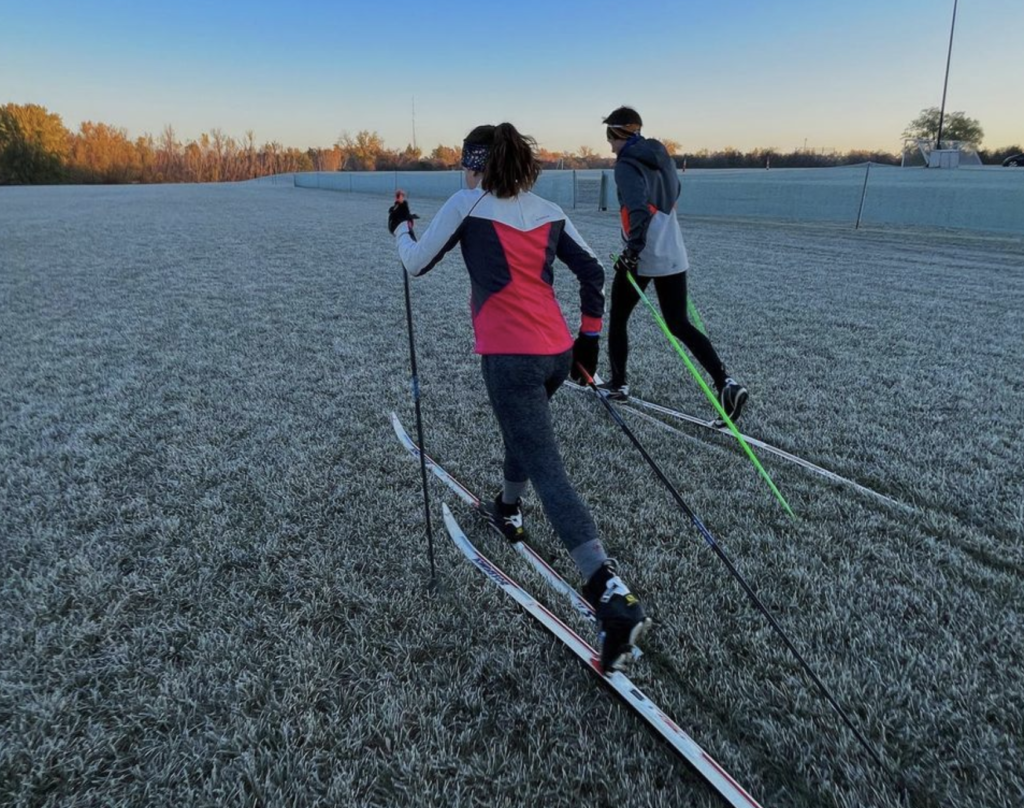
After a season of not racing the CCSA, the St Olaf Nordic Ski team is working hard to improve individually and as a team. The last time the Oles raced as a team, they had team wins at the USCSA National Champs in Lake Placid, and the Oles hopes to continue that trend this year. “Fall training has been good, very excited for snow, we have had some time trials along with a multitude of different training workouts.” said junior Noah Johnson, “Team goals may include: creating a safe team dynamic that is both cultivating and positive for individuals, continue to work hard and get faster to hold competition against those teams/individuals that are faster, and to continue training hard and stay on top of academic work”. Athletes to keep an eye on the trails this winter include freshman Lily Hubanks and junior Tor Hanson, who have both stood out this fall.

The Northern Michigan University Nordic Ski team has historically been one of the best teams in the conference, and once again they should be one to watch this year. Former Assistant Coach Andy Keller took over the Head Coach job this year, with former MTU alumni Ruth Oppliger assuming the assistant coach position. NMU had 4 returning NCAA racers, but the NMU team did not have the smoothest start to the year. “I know that it has been a bit of a bumpy fall for some people on the team as many of us have been sick,” said Molly Miller, who placed 5th and 10th at NCAAs last spring and represented Canada at the 2021 Junior World Championships. Despite the sickness, the team stays optimistic for the season. “The team goal for this season is to keep people healthy and injury-free,” said sophomore Kristoffer Karsrud. “I think that personal drive and goals are what drives the team’s goals, which is why it’s so important to have a strong team environment as we do”. Kjetil Bånerud is the men’s team returning NCAA All-American, so expect him to be towards the top of the CCSA results list this season along with senior Xavier Mansfield, “[Kjetil and Xavier] are both very fit and motivated, and that’s easy to see in training” commented Karsrud. On the women’s side, look out for junior Gretchen Haggenmiller. “She has made some serious gains this fall, definitely one to watch this winter,” said teammate Savanna Fassio.
Green Bay nordic ski team is in the rebuilding stages led by former athlete now Head Coach Sam Myers. Stepping into a team that had three men and no women, Myers was forced to put recruiting for the next year’s team on the front burner, but that seems that the Phoenixes are still will make a splash this season under their new leadership. “Coach Myers has brought a lot of excitement to the team and it has been super motivating to see the improvement that myself and my teammates have had all fall” said Ryan Thieme. “Team goals for the winter include two top three team finishes at CSSA races along with all of us qualifying for the Junior National Championships in Minneapolis”. Considering that the CCSA scores 5 athletes and the Green Bay roster field 3, these goals will be interesting to watch this season.
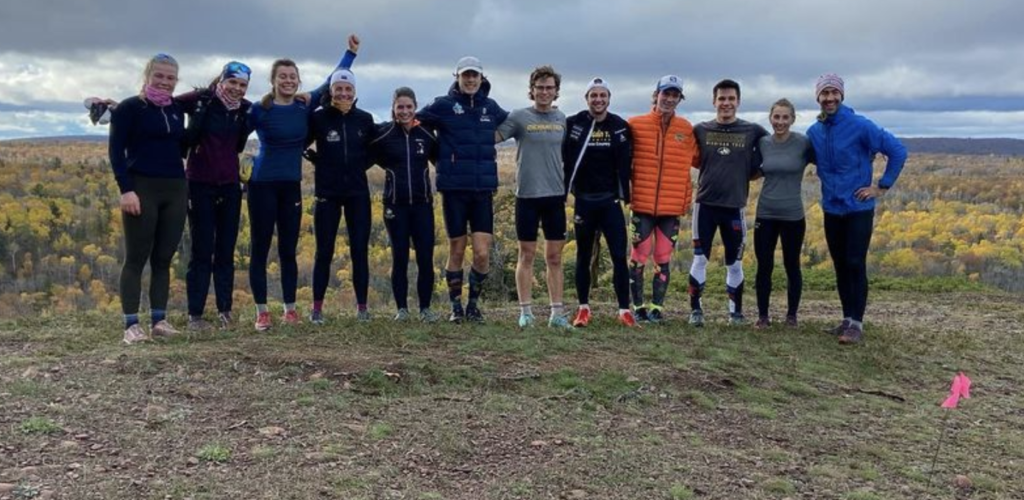
Michigan Tech has been continuously proving that they are a team to watch both on the regional and national level, and they have growing and strengthening their team under coaches Tom and Kristen Monahan Smith. “One of our greatest past challenges has been not quite having the team depth to take away conference and regional titles,” Tom said. “This season’s team will have the most competitive depth we have fielded potentially in the history of our program. We are simply fired up to get this outstanding team of women working together and racing together for team conference, regional and national championship titles.” With 7 new men and 4 new women on the roster, there will be plenty of athletes competing for the top of the results list come racing season. This is one of MTU’s strongest returning classes, and possibly the strongest returning women’s team in the CCSA, with Henriette Semb, Anabel Needham, and Olivia Laven all 2021 NCAA competitors, but it will be interesting to see if a newcomer can make her way into the pack. The men’s team is young, graduating a lot of leaders last spring, but it seems despite the changeover, the men’s team hopes to be just as strong as last year. “I see a lot of potential in the long run with our freshmen this year. The enthusiasm they bring to the team is amazing to push each other in every practice.” said sophomore Cedric Keller, ”Parker Courte-Rathwell has already become a key player in the team with his attitude and effort both in athletics and academics as well as interpersonal skills”.
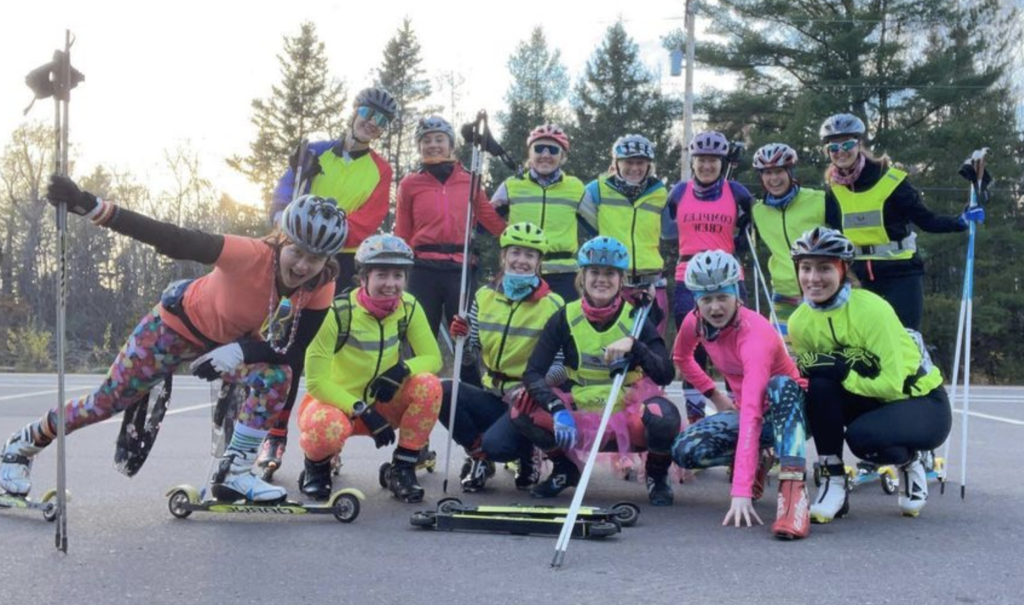
Head Coach Maria Stuber determination to make the College of Saint Scholastic one of the best programs in the country has been paying off the last couple of years. Last year, the Saints brought three women and 2 men to the NCAA National Championships, and with all 5 athletes returning, the team only looks to be on the upward trajectory. “Fall Training has been great, “ said freshman Chase High. “We really got to train as a team compared to last year. My favorite part of the team is how tight knit it is. Everyone gets along and supports each other”. The CSS Ski team will be hosting the first races of the season this year in Duluth, which will come with plenty of competition- the first two CCSA race weekends are US Supertour events, which will bring the US professional racing scene to the Midwest. The Saints hope the first home court advantage will give their young athletes some confidence heading into the season, “We have 9 freshman women this year. They bring a lot of different experiences from all over the country (and the world) and it will be awesome to see what they can do on the snow” said returning NCAA competitor Emma Stertz, “Last season we sent a record five Saints to the national championship. We’d love to get that many out there again this year”.


